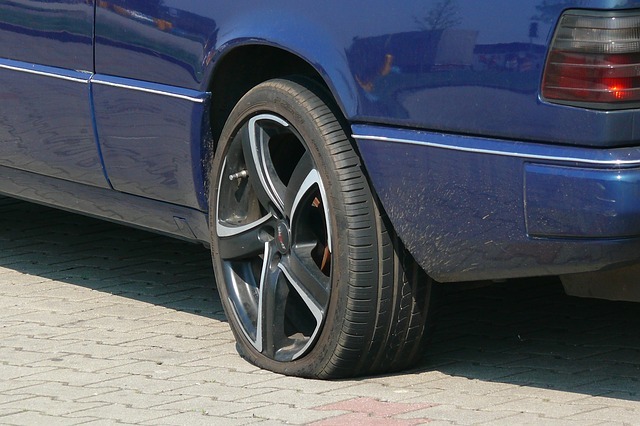
It’s easy to notice severe tyre damage. There’s a bang, and your car stops or skids, and you can see the tyre deflated, shredded, or slashed. Plus, you often get warned about it before it happens, with spikes that come with signs: “Warning, severe tyre damage”, and stuff like that. There’s even a They Might Be Giants album called Severe Tire Damage, and a whole different band called Severe Tire Damage which was the first band to perform live on the internet. So severe tyre damage tends to get a lot of attention.
But what about mild tyre damage? People don’t talk about mild tyre damage, it’s easy not to notice, and it happens gradually enough that it can stack up and slowly approach the level of ‘severe’ while you’re not paying attention. If you drive on damaged or worn-out tyres, your handling will be poorer, your stopping distance will be longer, and you’ll be at greater risk of an accident.
TPMS helps prevent tyre wear by keeping your tyres properly inflated.
A leading cause of tyre wear is driving on improperly inflated tyres. If your tyres are at too high a pressure level, they won’t have the natural elasticity that lets them absorb impact, and if they’re at too low a pressure level, then they’ll get scraped against the road with every revolution. And many people are driving on badly inflated tyres and don’t even realise it. Unlike severe tyre damage, it’s not the kind of thing that’s obvious, and changing weather can affect it too. Unless you’re the kind of person who is organised and conscientious enough to regularly check their tyre pressure – and let’s be honest, not many of us are – you may well be driving on tyres that are either underpressurised or overpressurised.
That is, unless your vehicle is equipped with tyre sensors that are connected to a tyre pressure monitor. An automated pressure monitor keeps track of the pressure levels in your tyres and does that arduous job for you, so you can spend more time driving and doing the things you enjoy. The tyre pressure monitor will alert you when that pressure level drops or rises outside of the optimal range, with a light and a sound so you can take swift action and avoid the slow and debilitating tyre wear that comes from improperly inflated tyres.

